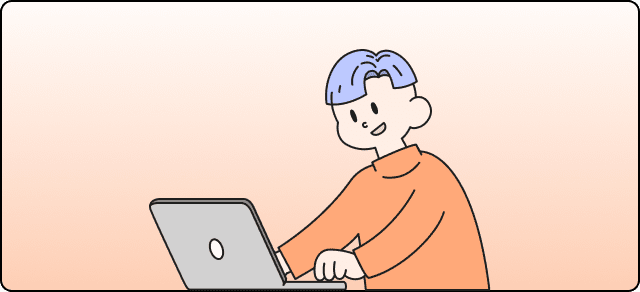“Idle” vs. “Lazy”: What’s the Difference?
 Engram
Engram
The difference between “idle” and “lazy”
- Being idle is often a temporary state or situation, while being lazy is a personality trait.
- Being idle may be intentional or unintentional, while laziness is a deliberate choice.
- Idle people may be unproductive for a specific period of time, while lazy people tend to avoid work altogether.
Communicate naturally with Engram AI proofreader
What is the definition of “idle” and “lazy”?
Idle
- To be idle means to not be actively engaged in any work or activity.
- It is a state of being inactive or not doing anything that requires effort.
- Being idle can be intentional or unintentional, but it is often associated with a lack of productivity or usefulness.
Lazy
- "Lazy" refers to a person who avoids work or physical exertion out of reluctance or lethargy.
- It is a behavior that involves a lack of motivation, ambition, or drive to do anything productive.
- Laziness is often seen as a negative trait or a flaw in character.
Which is the more popular variant on the Internet?
“Lazy” is the more popular variant on the web.
Idle
138,000,000 results on the web
Examples
- He spent his days in idle talk without ever doing any work.
- The car's engine was left idle for too long, and now it won't start.
- The factory was forced to stand idle due to a lack of raw materials.
More popular
Lazy
232,000,000 results on the web
Examples
- She was too lazy to clean her room, so it became a complete mess.
- He was always looking for the easy way out of things and developed a lazy attitude.
- The lazy cat spent most of its day sleeping in the sun.
Want to express yourself confidently?
Engram AI proofreader helps you
communicate naturally
communicate naturally








